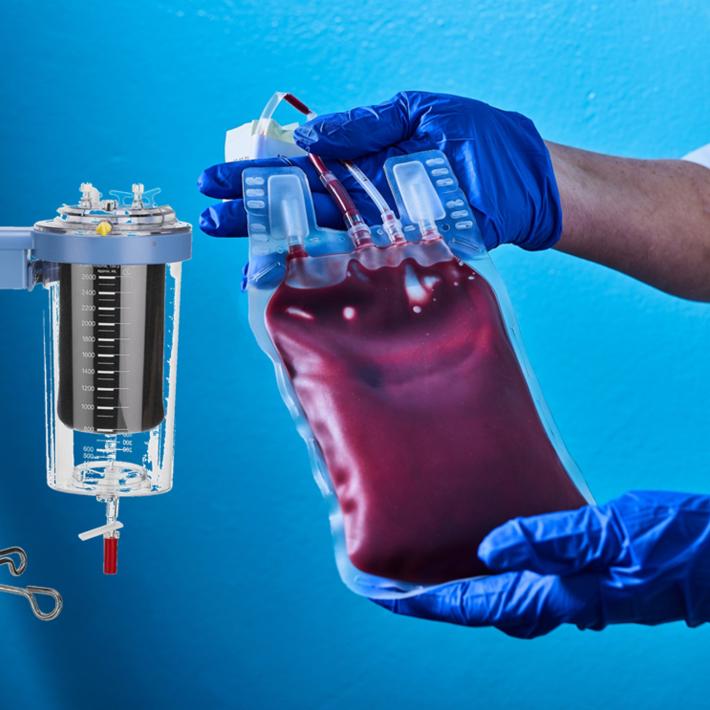Transfusion management and RBCs
This section contains general education on Red Blood Cells (RBCs), describing how cell salvage and re-transfusion of washed RBCs is an integral part of PBM, and the available cell salvage devices. It also describes the clinical contexts in which the use of cell salvage is established, or growing in use.



